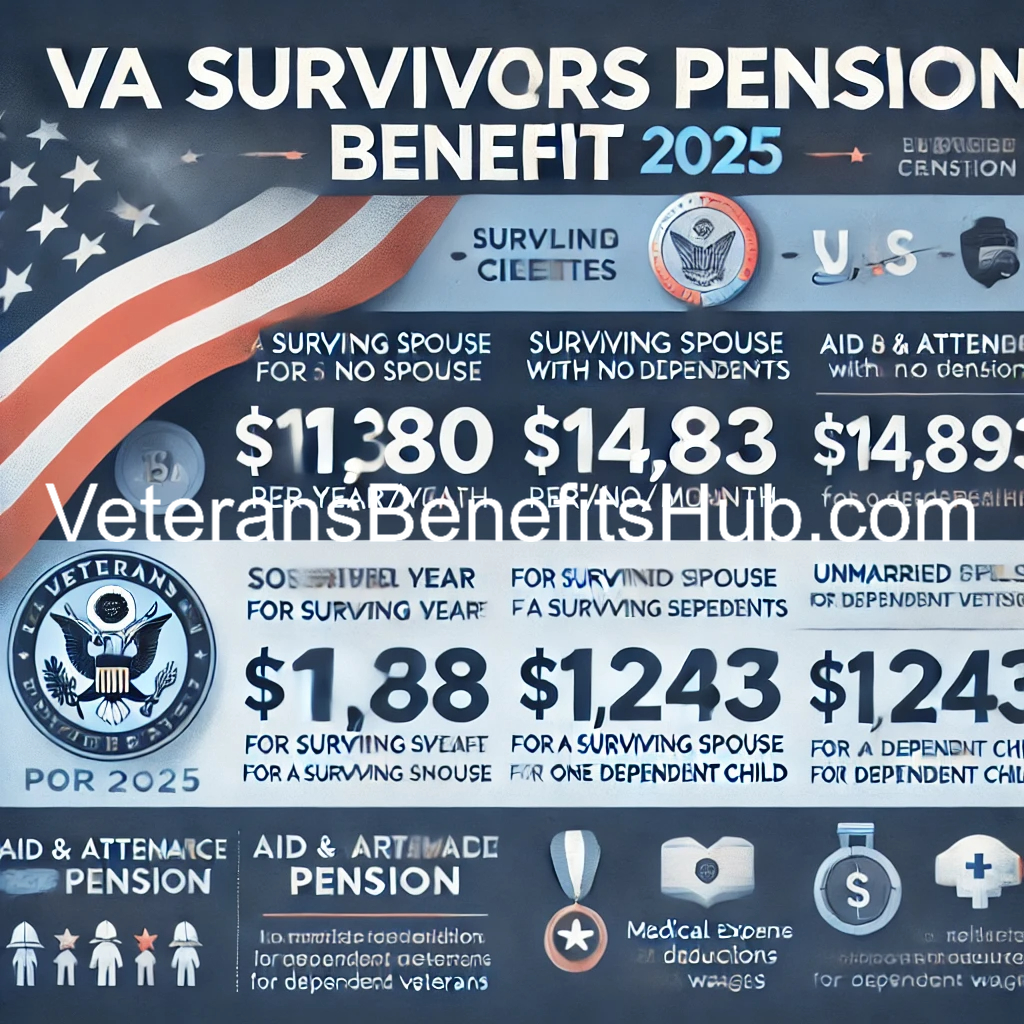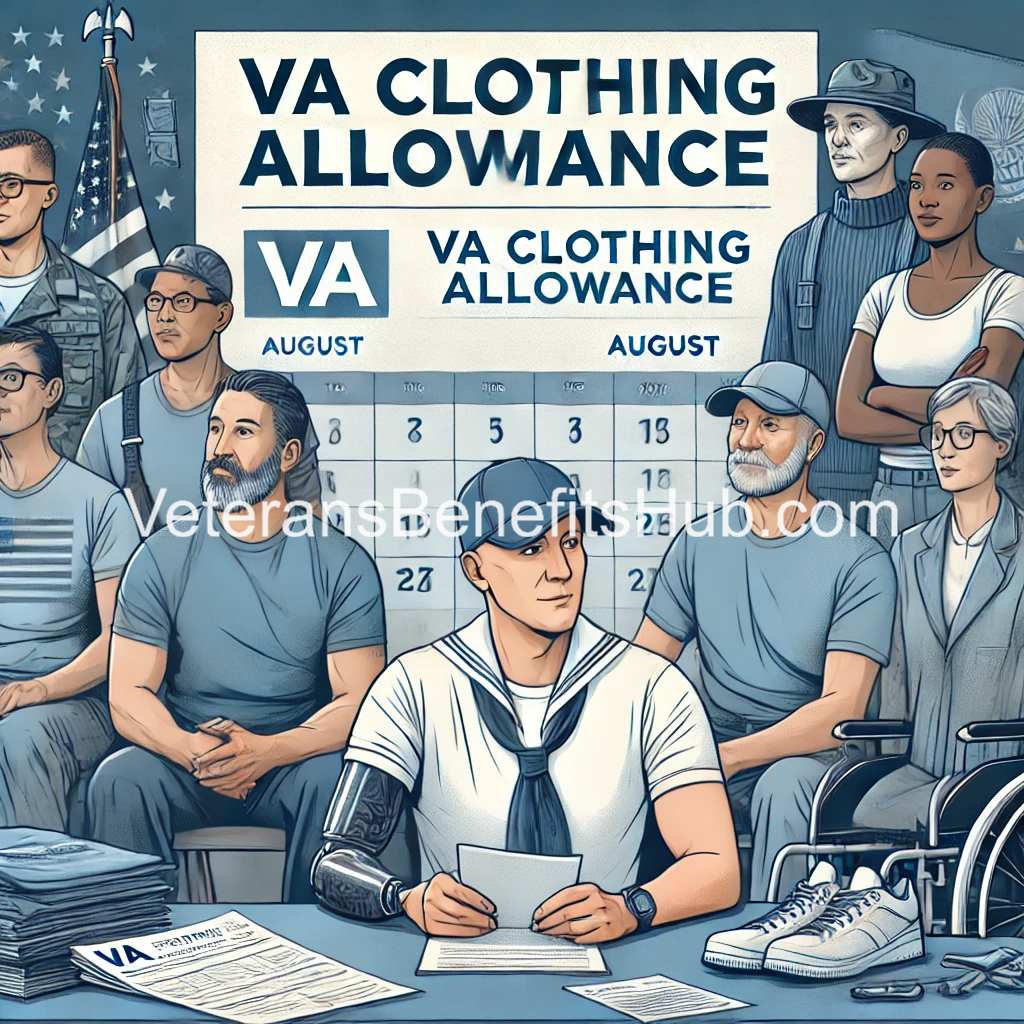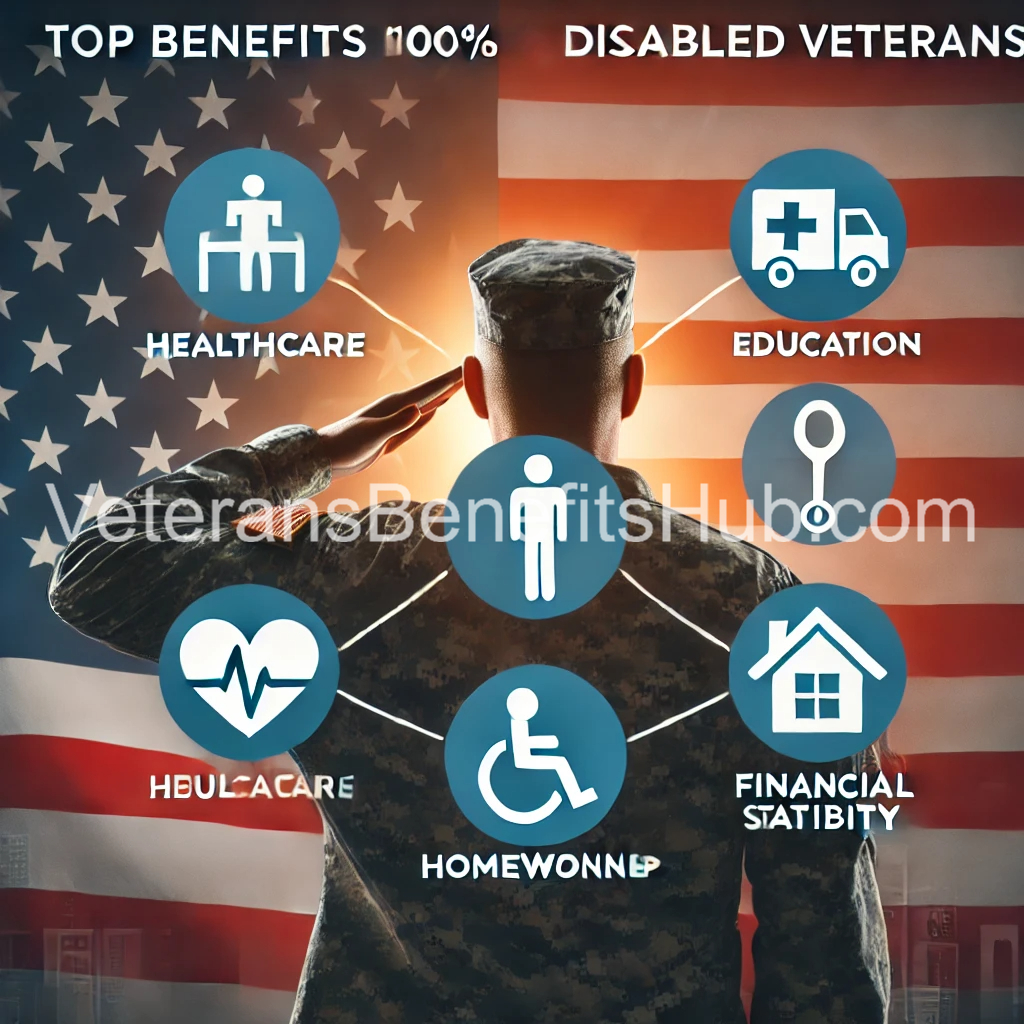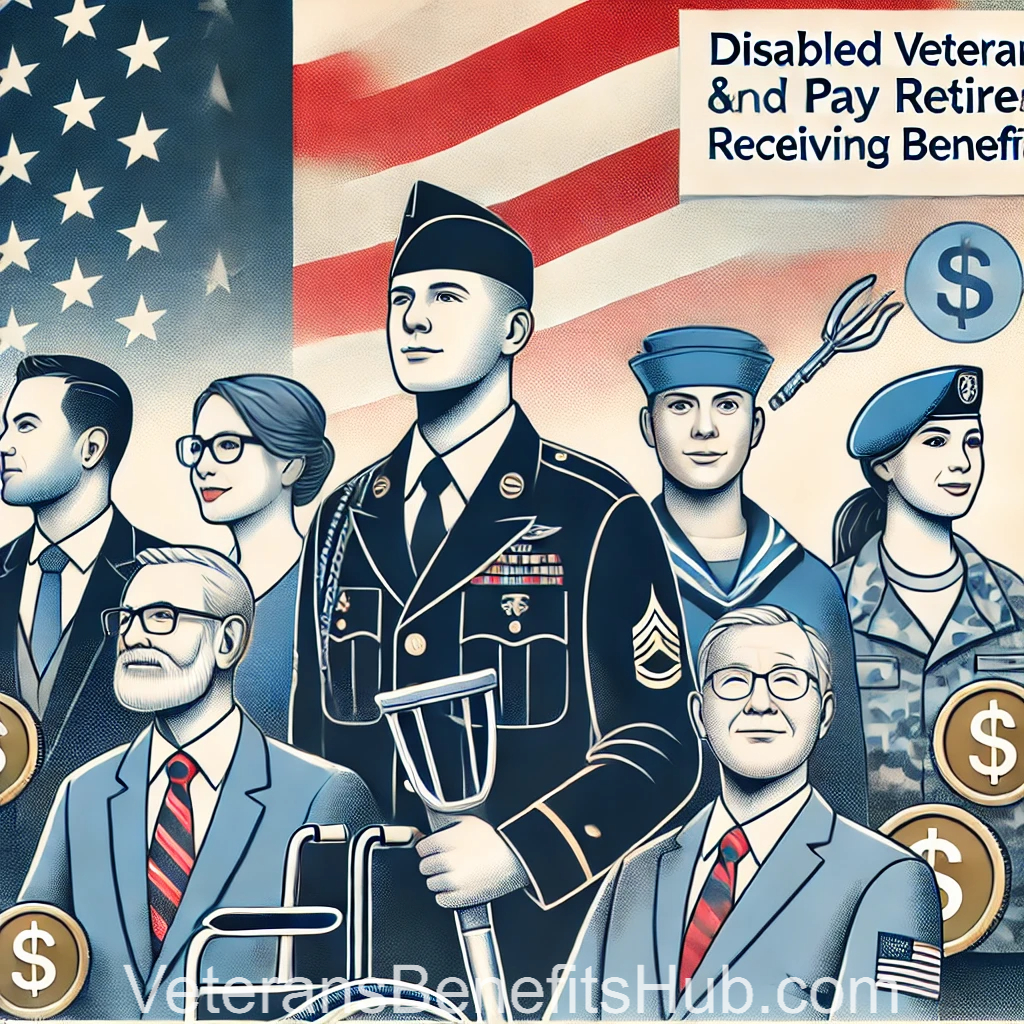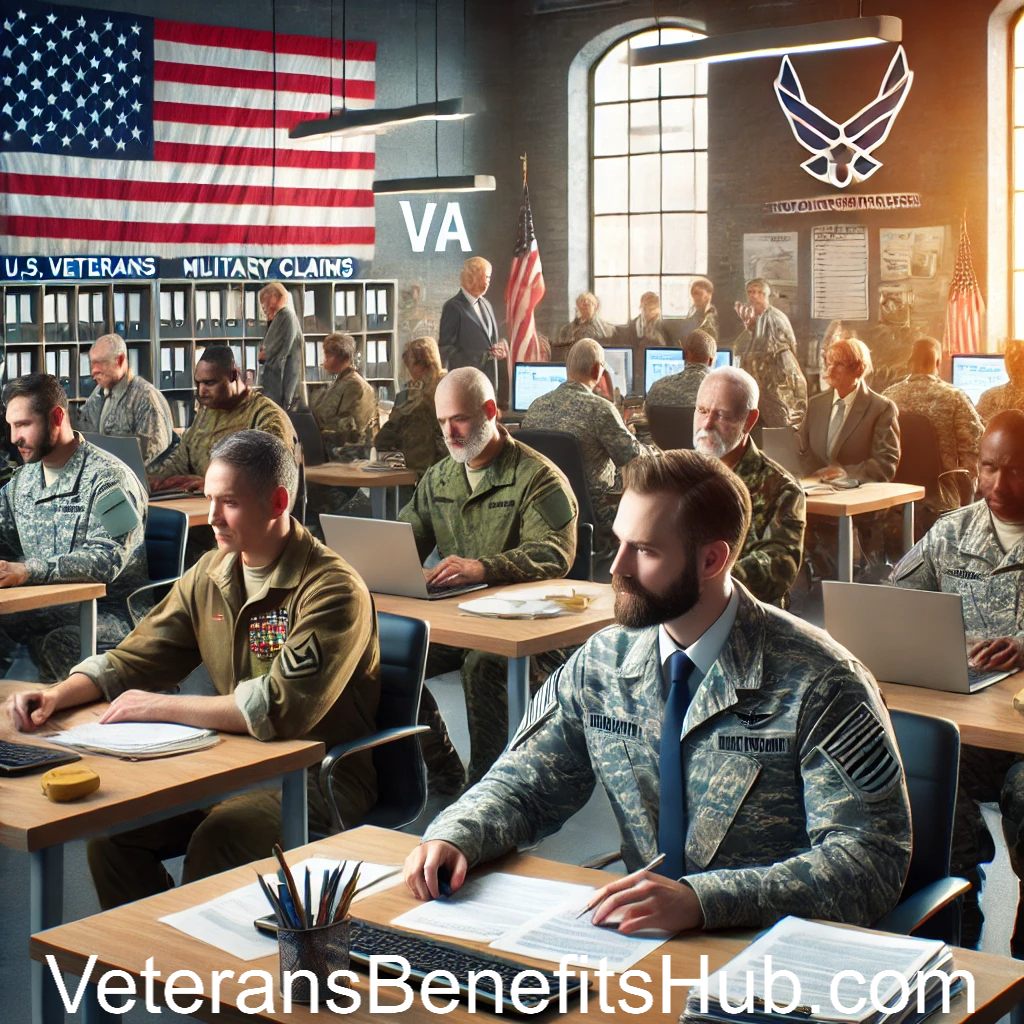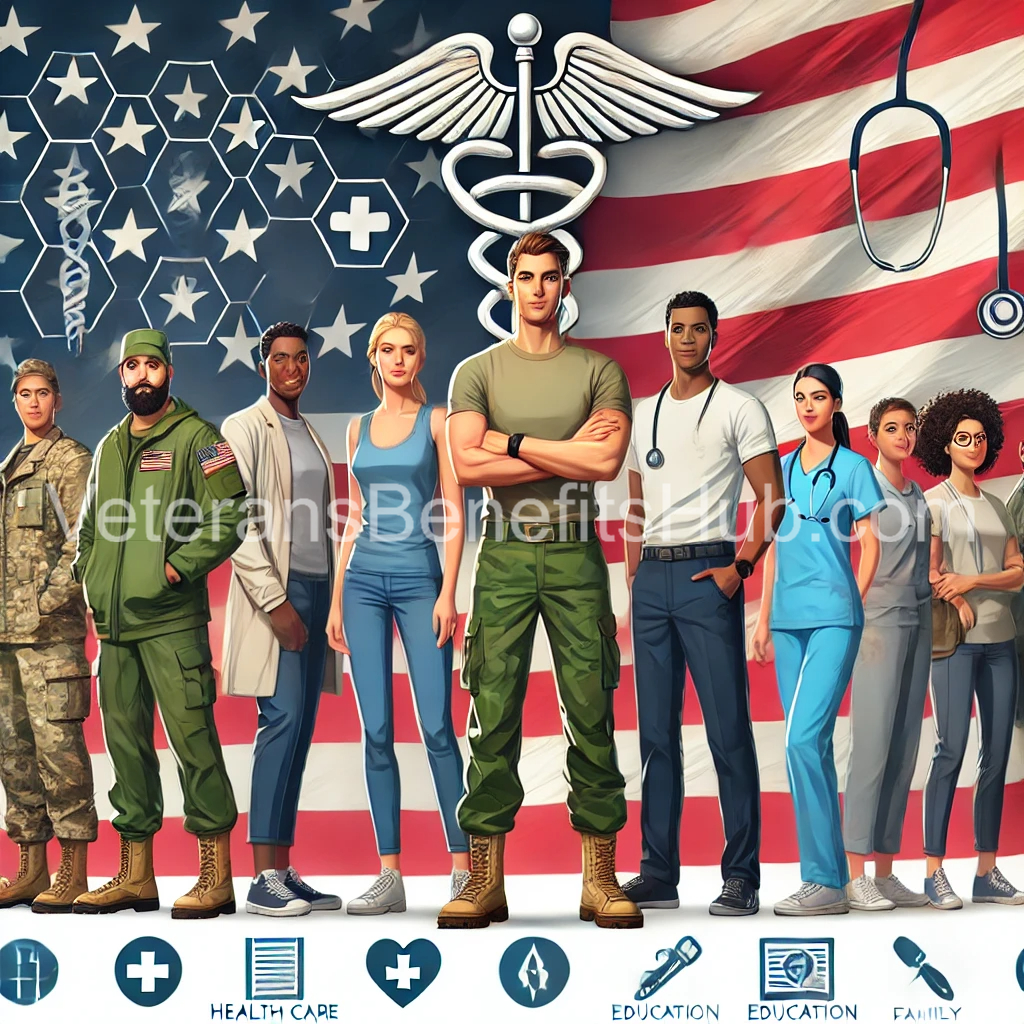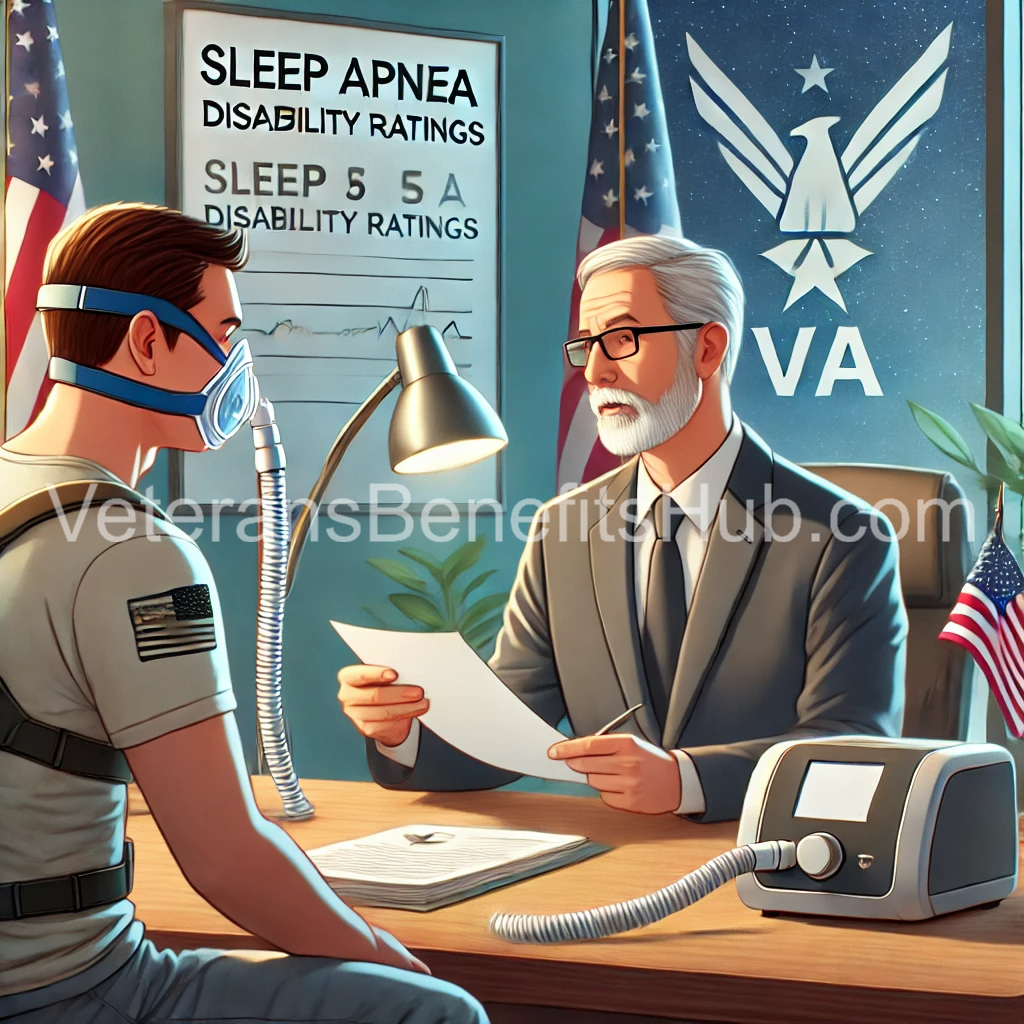Exploring VA Dependency and Indemnity Compensation (DIC): A Guide for Surviving Spouses and Dependents

Welcome to VeteransBenefitsHub.com! Today, we’re diving into a lesser-known but incredibly valuable benefit available to spouses and dependents of veterans. The VA’s Dependency and Indemnity Compensation (DIC) is a life-changing financial resource that many eligible families aren’t even aware of. Let’s explore the eligibility, application process, and the significant financial support this benefit can provide.
What Is VA Dependency and Indemnity Compensation (DIC)?
DIC is a tax-free monetary benefit designed for the surviving spouses, children, and even parents of service members who died in the line of duty or as a result of a service-related injury or illness. Think of it as a form of life insurance or annuity that offers financial stability to surviving family members. The payments are adjusted annually based on the Cost of Living Adjustment (COLA) and are not income-based.
Key Facts About DIC Payments
- Base Rate: The current base monthly rate for a surviving spouse starts at $1,653.37 (as of December 1, 2024).
- Add-Ons: Additional benefits can increase this amount significantly, depending on specific circumstances like having dependent children, qualifying for the 8-year provision, or needing Aid and Attendance.
- Potential Total Payment: For a spouse with two dependent children, Aid and Attendance, and the 8-year provision, the first two years of payments can reach $3,582.68 per month.
Eligibility Criteria for Surviving Spouses
To qualify for DIC, the following conditions must be met:
- Relationship Requirements:
- You lived with the veteran continuously until their death (exceptions apply if the separation was not your fault).
- You were married to the veteran within 15 years of their military discharge, for at least one year, or had a child together.
- Service-Related Death:
- The veteran’s death was due to a service-connected condition, or their service-connected condition contributed to their death.
- Alternative Eligibility:
- If the veteran’s death was unrelated to service, you may still qualify if they were rated as 100% disabled for at least 10 years prior to death, or for at least five years immediately after discharge.
- Remarriage:
- You may remain eligible if you remarried on or after December 16, 2003, at age 57 or older, or on or after January 5, 2021, at age 55 or older.
Documentation You Need
Evidence is crucial when filing for DIC. Commonly required documents include:
- Military service records
- Medical records showing service-connected conditions
- Amended death certificates listing service-connected conditions as a contributing factor to death
For example, if a Vietnam veteran’s death certificate lists a heart attack as the cause of death, and hypertension (now presumptive due to Agent Orange exposure) is added as a contributing cause, the spouse may become eligible for DIC.
Additional Benefits
Here are some scenarios where additional amounts can be added to the base rate:
- 8-Year Provision: If the veteran was 100% disabled for at least 8 years and you were married during that time, you receive an extra $351.12 per month.
- Aid and Attendance: If you have a disability requiring daily assistance, an additional $495.36 per month is available.
- Dependent Children: For each child under 18, you receive an additional $387.15 per month and a transitional benefit of $350 per month for the first two years after the veteran’s death.
A Real-World Example
Consider this scenario: A Vietnam veteran passed away due to a heart attack. The surviving spouse discovers that hypertension, a presumptive condition linked to Agent Orange exposure, was a contributing cause of death. By amending the death certificate and providing medical evidence, the spouse successfully applies for DIC. With two children and qualifying for Aid and Attendance, the initial monthly payment could reach over $3,500.
Why You Should Work with an Accredited Representative
Filing a DIC claim can be complex, but accredited representatives can simplify the process. They’ll help ensure all necessary evidence is provided and that your application is as strong as possible.
Closing Thoughts
DIC is a powerful benefit that can provide surviving spouses and dependents with long-term financial security. Many eligible families miss out on this support due to a lack of awareness or misinformation. If you think you or someone you know might qualify, take action today. Share this information, consult an accredited representative, and explore the resources available to you.
For the most current information on VA Dependency and Indemnity Compensation (DIC), please visit the official VA page:
. This resource provides comprehensive details on eligibility criteria, application procedures, and benefit rates for surviving spouses, dependents, and parents.
Thank you for visiting VeteransBenefitsHub.com. If you found this article helpful, don’t forget to share it with others who might benefit. Let’s ensure that no veteran’s family misses out on the support they deserve.
